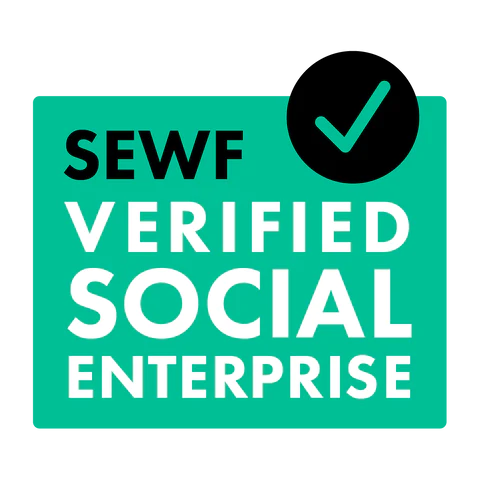
Unchained is a professional services firm of modern slavery consultants based in Sydney, Australia. We provide business solutions around strategy, training, analysis, documents, and research to help Australian organisations comply with the Modern Slavery Act 2018 (Cth).
We acknowledge all First Peoples of this land and celebrate their enduring connections to country, knowledge and stories.
Unchained is a private company in which the directors are the sole beneficiaries.
Unchained Solutions Pty LTD
Follow Us




